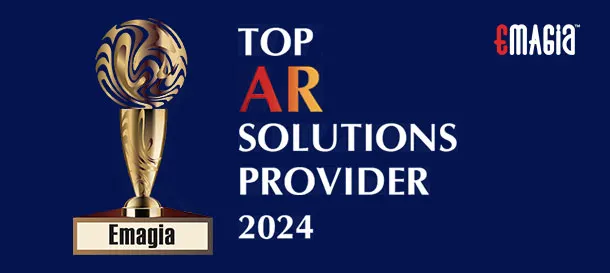A purchase order (PO) is a cornerstone of efficient procurement processes in business. Whether you’re running a small company or managing operations in a large organization, understanding purchase orders can save time, reduce errors, and improve financial management.
What is a Purchase Order?
A purchase order is a formal document issued by a buyer to a supplier, detailing the goods or services the buyer intends to purchase. It includes specifics such as:
- Item descriptions
- Quantities
- Agreed prices
- Delivery dates
- Payment terms
Once the supplier accepts the purchase order, it becomes a legally binding contract.
Why are Purchase Orders Important?
1. Clarity and Accuracy
Purchase orders ensure both parties understand the details of the transaction, minimizing errors and misunderstandings.
2. Financial Tracking
POs provide a clear record of purchases, helping businesses manage budgets and prepare for audits.
3. Streamlined Communication
With all details documented, purchase orders reduce the need for back-and-forth communication.
4. Legal Protection
Purchase orders are binding agreements, offering protection in case of disputes.
Key Elements of a Purchase Order
A typical purchase order includes:
- Buyer and seller information: Contact details of both parties.
- Purchase order number: A unique identifier for tracking.
- Date of issue: The date the PO was created.
- Item details: Descriptions, quantities, and unit prices.
- Delivery terms: Shipping method, destination, and timeline.
- Payment terms: Agreed payment schedule and method.
Types of Purchase Orders
1. Standard Purchase Order
Used for one-time purchases with specific details like quantity and delivery date.
2. Planned Purchase Order
Outlines expected purchases for future needs but allows flexibility in delivery schedules.
3. Blanket Purchase Order
Covers multiple transactions over a period, useful for recurring purchases.
4. Contract Purchase Order
Establishes terms for future purchases without specifying immediate details.
Benefits of Using Purchase Orders
- Improved Budget Control: POs help track spending against allocated budgets.
- Enhanced Supplier Relationships: Clear communication, fosters trust and reliability.
- Simplified Auditing: Detailed records make financial audits easier and more transparent.
- Inventory Management: POs support effective tracking of incoming goods and stock levels.
How Does the Purchase Order Process Work?
- Creation: The buyer drafts the purchase order.
- Approval: Internal approval ensures compliance with budgets.
- Submission: The PO is sent to the supplier.
- Fulfillment: The supplier processes and ships the order.
- Payment: Payment is made upon receipt of goods and invoice verification.
Best Practices for Managing Purchase Orders
- Use Digital Tools: Leverage accounting software or procurement platforms to automate PO creation and tracking.
- Ensure Detail Accuracy: Double-check item descriptions, quantities, and prices before sending the PO.
- Standardize PO Templates: Use consistent formats for clarity and professionalism.
- Communicate with Suppliers: Maintain regular updates to avoid delays and misunderstandings.
- Maintain Records: Keep all purchase orders on file for reference and audits.
FAQs About Purchase Orders
1. What is the purpose of a purchase order?
A purchase order formalizes the transaction, ensuring clarity and legal protection for both buyer and supplier.
2. How is a purchase order different from an invoice?
A purchase order is issued by the buyer to request goods, while an invoice is issued by the supplier to request payment.
3. Can purchase orders be canceled?
Yes, but cancellation policies depend on the agreement between buyer and supplier.
4. Do small businesses need purchase orders?
Absolutely! POs help even small businesses manage finances and maintain organization.
5. Are electronic purchase orders valid?
Yes, electronic purchase orders are widely accepted and often preferred for efficiency.
Conclusion
Purchase orders are more than just documents; they are vital tools for effective business management. By implementing a structured PO process, you can enhance operational efficiency, maintain financial control, and build stronger supplier relationships.
Start leveraging purchase orders today to streamline your procurement process and drive your business towards success!
Optimize Your Purchase Order Process
Looking to streamline your procurement? Explore software solutions tailored to your needs and take your business operations to the next level!







